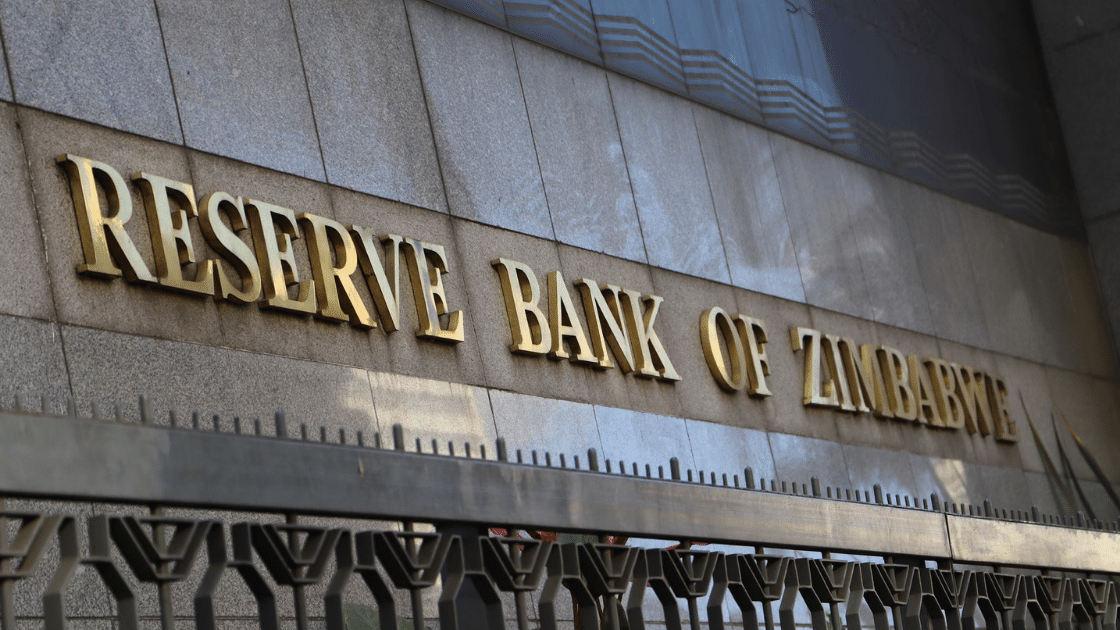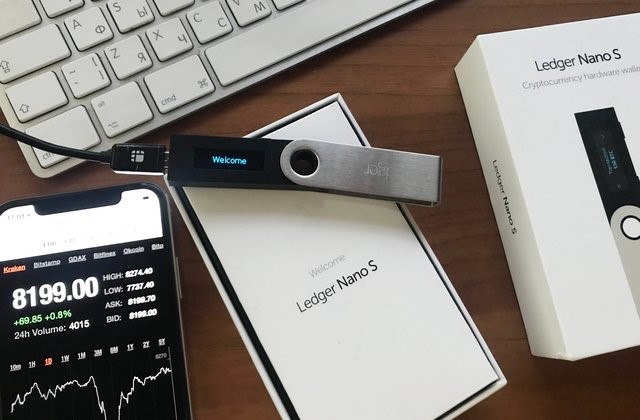
The Reserve Bank of Zimbabwe (RBZ) is set to introduce higher denominations of the Zimbabwe Gold (ZiG) currency, which critics say could add to inflationary pressures.
Amid a non-performing economy, any injection of the money supply beyond normal market levels will lead to the ZiG becoming inflationary.
Already, with a 233,03% increase in the vote appropriations for the current fiscal year to ZiG322,63 billion, from 2024, the government is already expected to increase the money supply to fund the budget as revenue decreases.
The RBZ’s announcement to increase the money supply comes as all the ZiG denominations up to the ZiG20 note have been rejected by the economy.
Further, the volatility of the ZiG has caused the ZiG20 to be valued at less than US$1, as the exchange rate currently stands at US$1:ZiG26,40. Initially, the local currency traded at US$1:ZiG13,55 upon its introduction last April.
“We are also working on enhancing the quality and design of ZiG banknotes in line with international standards. The rollout of the improved high-quality ZiG notes will be communicated in due course,” RBZ governor John Mushayavanhu said, in his 2025 Monetary Policy Statement released on Thursday.
“I might as well tell you we are going to be introducing higher denomination ZiG notes so that we ensure that, you know, the ZiG note that you can get can buy something meaningful. Because right now, the highest denomination is ZiG20, and the best it buys you is half a loaf of bread.”
He added: “So, we need to make sure that we introduce a higher denomination not later than the third quarter of this year.”
- Rampaging inflation hits Old Mutual . . . giant slips to $9 billion loss after tax
- Monetary measures spur exchange rate stability: RBZ
- Zim deploys IMF windfall to horticulture
- Banker demands $21m from land developer
Keep Reading
In addition, the RBZ is embarking on an intensive educational campaign programme to ensure the optimal distribution of ZiG notes in the economy, particularly in remote areas.
“Cognisant of the need to ensure the optimal distribution of ZiG notes in the economy, particularly for ease of access in the remote areas and to further entrench financial inclusion, the Reserve Bank is embarking on an intensive and extensive educational campaign programme and other initiatives working with key stakeholders in the communities,” Mushayavanhu said.
As regards to marginalised areas, he acknowledged that they needed to do some work to make sure that the ZiG spread to those areas.
“It is not that they do not want it, but it is because it has not reached them. You know, for you to get ZiG, you have to be involved in some economic activity,” Mushayavanhu said.
Large swathes of the market have already rejected ZiG notes due to its increased volatility, with formal sector businesses coming up with new ways to prevent its acceptance.
Last month, the local currency’s volatility emerged when the ZiG month-on-month inflation rate gained 6,8 percentage points to 10,5%, from December 2024.










